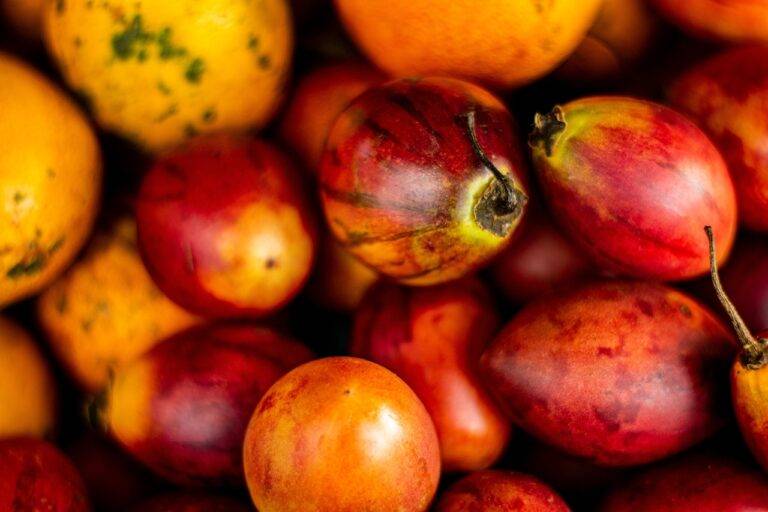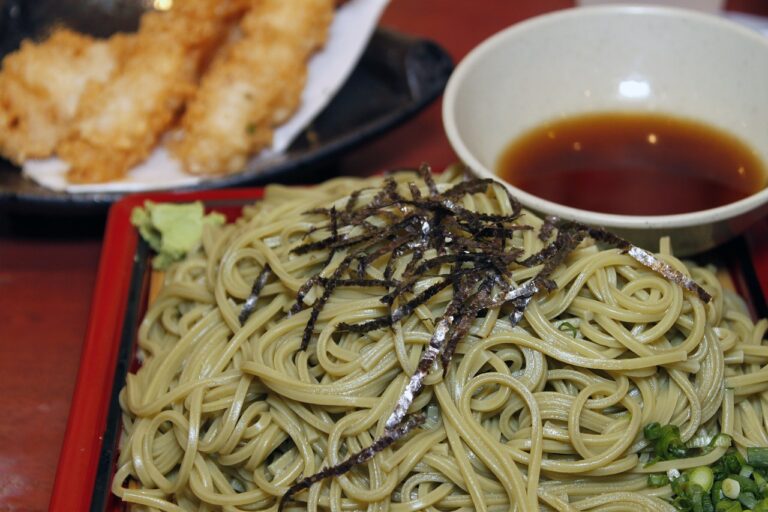Sustainable Seafood: Navigating Eco-Friendly Choices
When it comes to selecting seafood for our meals, choosing sustainable options is crucial for the health of our oceans. Sustainable seafood comes from sources that are managed responsibly to ensure the long-term health and abundance of marine species. By opting for sustainable seafood, consumers play a vital role in supporting fisheries that prioritize environmental conservation and maintain healthy fish populations for future generations.
Not only does choosing sustainable seafood benefit marine ecosystems, but it also helps to address the issue of overfishing. Over the years, excessive fishing practices have depleted fish stocks, leading to imbalances in marine food chains and ecosystems. By making informed choices and selecting sustainable seafood, individuals can contribute to the restoration and preservation of marine biodiversity, promoting a more balanced and thriving ocean environment.
Understanding Overfishing and Its Impact on Marine Ecosystems
Overfishing is a pressing issue that poses a significant threat to marine ecosystems worldwide. When fish populations are harvested at unsustainable rates, it disrupts the balance within the ecosystem and can lead to the depletion of certain species. This imbalance can have far-reaching consequences, impacting not only the fish populations themselves but also the overall health of the ocean environment.
The effects of overfishing extend beyond just the target species being harvested. By reducing the population of certain fish, it can disrupt the food chain and lead to cascading impacts on other marine organisms. Additionally, overfishing can result in the loss of biodiversity, making ecosystems more vulnerable to environmental changes and less resilient in the face of challenges such as climate change.
• Overfishing disrupts the balance within marine ecosystems
• Depletion of certain fish species can have far-reaching consequences
• Impact extends beyond target species to other marine organisms
• Disruption of food chain can lead to cascading impacts
• Loss of biodiversity makes ecosystems more vulnerable and less resilient
Certifications to Look for When Buying Seafood
When purchasing seafood, it is crucial to look for certifications that ensure the product is sourced sustainably. One of the most well-known certifications is the Marine Stewardship Council (MSC) certification, which guarantees that the seafood comes from a fishery that meets rigorous standards for sustainability. By choosing seafood with the MSC label, consumers can support responsible fishing practices that help protect marine ecosystems.
Another important certification to look for is the Aquaculture Stewardship Council (ASC) certification, which verifies that the seafood has been farmed in a way that minimizes environmental impact and ensures the well-being of workers. The ASC certification covers a wide range of farmed seafood, including fish, shrimp, and shellfish, providing consumers with a reliable way to make environmentally conscious choices when buying seafood.
Why is it important to choose sustainable seafood?
Choosing sustainable seafood helps to ensure that fish populations are not depleted, marine ecosystems are not harmed, and fishing practices are environmentally responsible.
What is overfishing and how does it affect marine ecosystems?
Overfishing occurs when fish are caught at a rate faster than they can reproduce, leading to a decline in fish populations. This can disrupt the balance of marine ecosystems and impact other species that rely on the fish for food.
What are some certifications to look for when buying seafood?
Some certifications to look for when buying seafood include the Marine Stewardship Council (MSC) certification, Aquaculture Stewardship Council (ASC) certification, and the Best Aquaculture Practices (BAP) certification. These certifications indicate that the seafood was sourced sustainably and responsibly.







